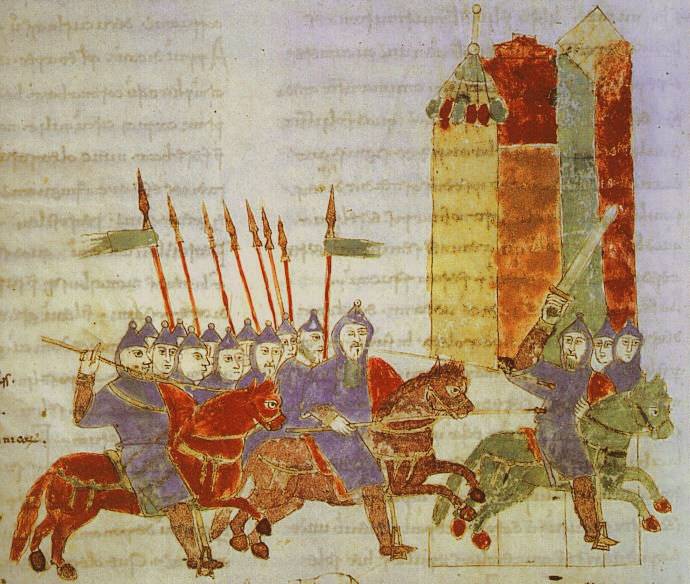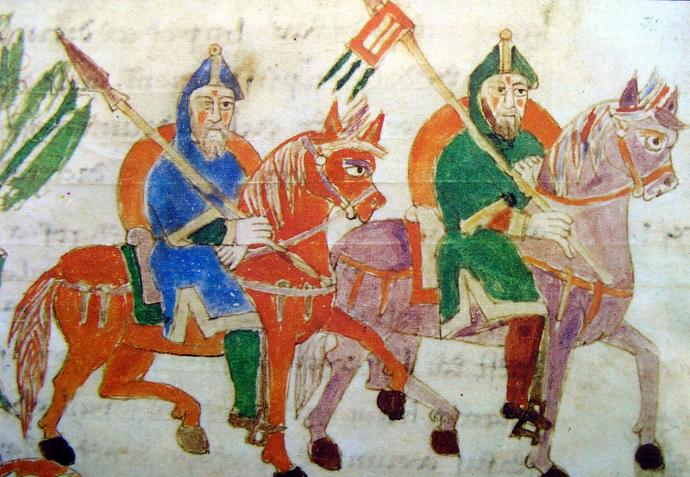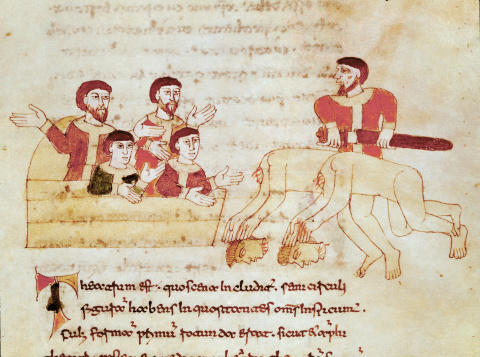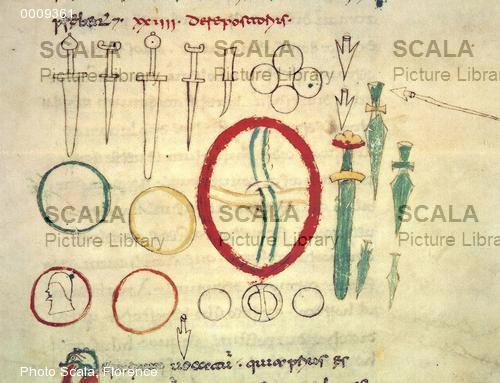
Shop Amazon - Create an Amazon Baby Registry
Lombard Arms & Costume in an 11th Century copy of the Encyclopedia of Maurus Hrabanus
Also known as De Universo or De rerum naturis
A detail of Lombards in an 11th century De rerum naturis. | ||||||
| f.474 De Bellis (War) | A | B | C | |||
A larger image of Lombards in an 11th century De rerum naturis.
 | ||
| f.383 De Paganis (Pagans) | D | E |
 | ||
| f.489 De Theatro (Theatre) | F | |
| P . . . Q . . . R . . . W . . . X | U | O | V | ||
 | |||||
| f.363 | De Repositorii (Weapons) | L | N | ||
| M | T | S | |||
